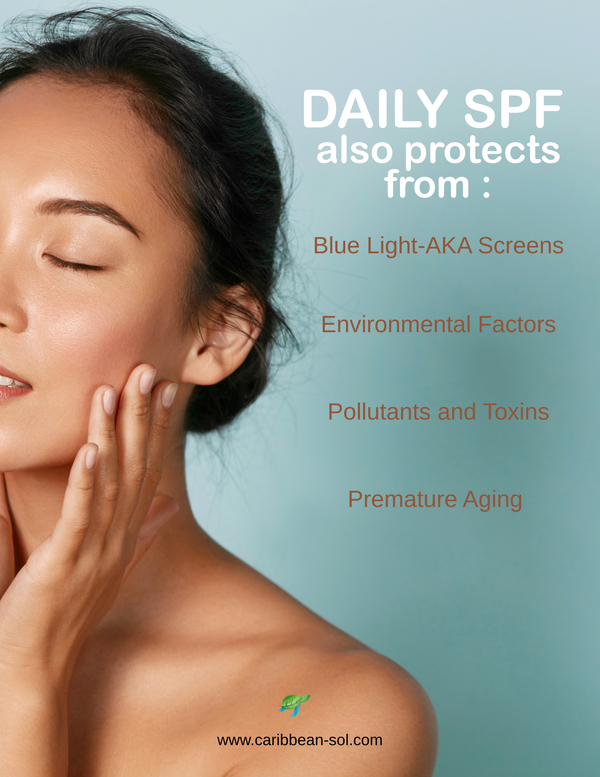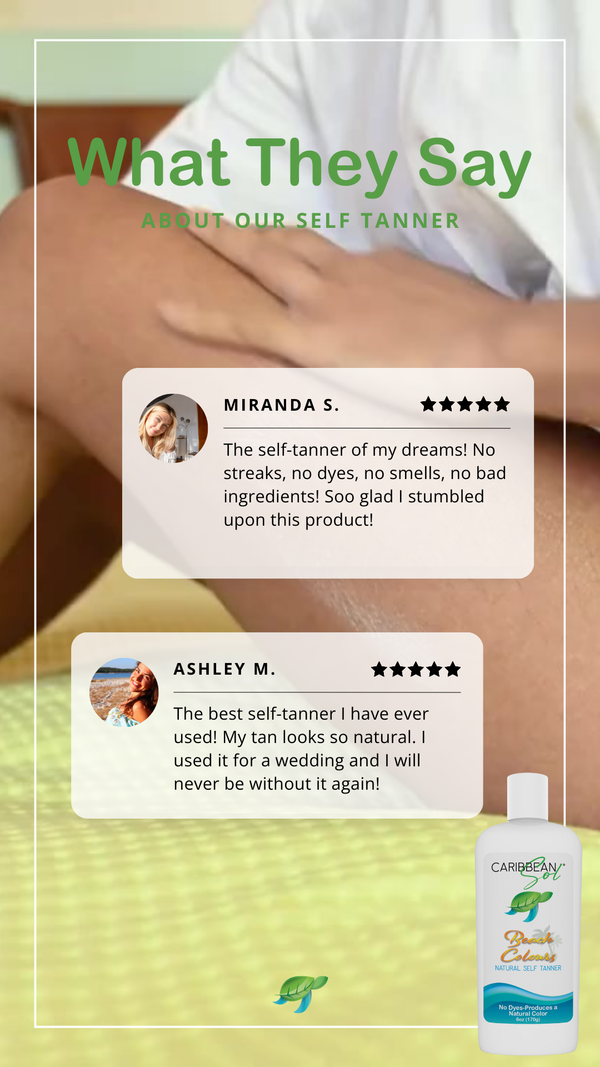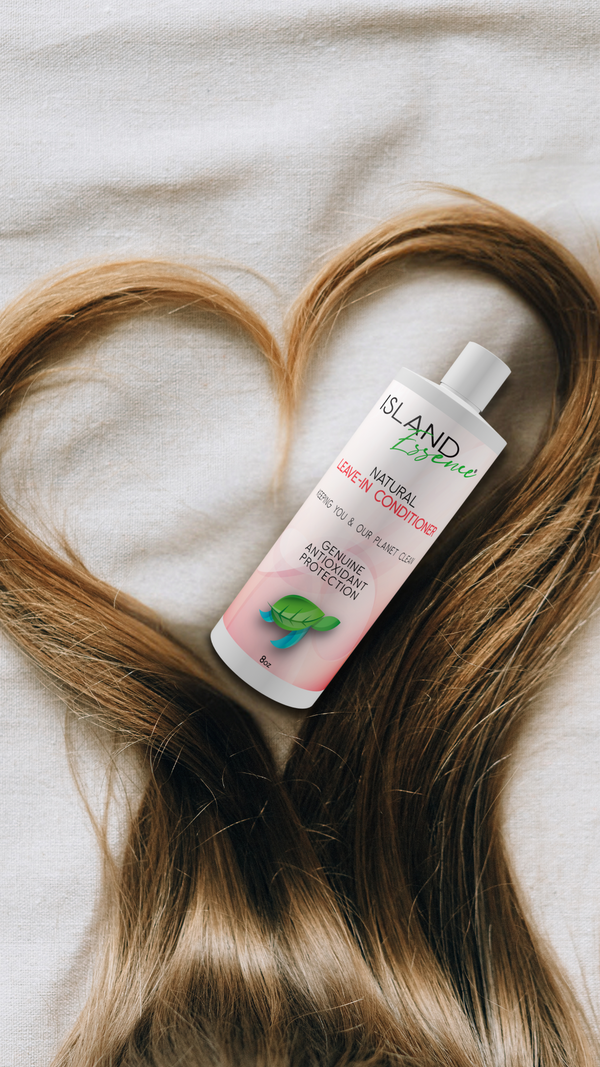Choosing the right sunscreen is an important decision for individuals who spend a considerable amount of time outdoors and soaking up the sun. Most sunscreens are categorized across two broad categories: chemical sunscreen and mineral sunscreen. When choosing how to protect your skin, it is important to understand the differences between mineral sunscreen and chemical sunscreen.
The use of sunscreen, generally speaking, is much higher today than in the past. With increased awareness surrounding sun protection and avoiding skin cancer, sunscreen use has been increasing. This increased usage, of course, leads to exposing our bodies and the environment to more and more sunscreen ingredients which leads us to the urgent need to ensure we are choosing the right sunscreen for ourselves and our families.
Thankfully for those of us who are concerned about absorbing in a number of chemicals found in many common sunscreens or are concerned about the environmental damage caused by these same chemicals, there are options that don’t force us to choose between protecting our skin and bodies and protecting the environment. Unfortunately, much of the general public is not up to speed on the benefits and reasons to choose mineral sunscreen over common chemical sunscreens. Hopefully this guide on mineral sunscreen will help educate those interested in choosing a better skin care path.
What is mineral sunscreen?
The key characteristic of mineral sunscreen is that it protects your skin by blocking and reflecting the UV light. Because of this characteristic, mineral sunscreen is often referred to as physical sunscreen. Mineral sunscreens essentially form a protective barrier on the surface of your skin that reflects harmful UV rays away from your skin. Mineral sunscreens typically offer broad spectrum protection against both UVA and UVB rays. Read your sunscreen bottle for the words “Broad Spectrum Protection,” to ensure you are blocking both UVA and UVB rays. Depending on the ingredients found in your sunscreen, you may or may not be protected as well as you think.
The active ingredients found in mineral sunscreens are typically zinc oxide and titanium dioxide.
Chemical sunscreens have ingredients that penetrate the top layers of your skin and then work by absorbing UV rays. The UV rays are absorbed before they can damage your skin.
Both mineral sunscreens and chemical sunscreens are approved by the FDA.

What are the benefits of mineral sunscreen?
Many consumers opt for mineral sunscreens for a handful of reasons. First, many users prefer a sunscreen option that doesn’t involve absorbing chemicals into their skin. Additionally, it’s commonly noted that mineral sunscreens won’t irritate skin as much as chemical sunscreens, due to their natural qualities.
Mineral sunscreens are also much better for the environment. A number of studies have shown that ingredients in chemical sunscreens are doing immense harm to marine life and coral reefs. As noted by the National Ocean Service, “In a 2016 study, a team of international scientists found that a common chemical in many sunscreen lotions and cosmetics is highly toxic to juvenile corals and other marine life.”
The data from these studies has been so convincing that local governments and municipalities have begun banning the use or sale of common sunscreens that contain these harmful ingredients. For example, in May of 2018, the Hawaii state legislature passed a bill to “ban sunscreen products that contain oxybenzone and octinoxate. These chemicals are found in many popular sunscreens sold in the U.S., and are linked to hormone disruption in people and the bleaching of coral reefs and coral death.”
The medical community has even begun to question some of the commonly held assumptions regarding the safety of chemical sunscreen. A 2019 publication in the JAMA medical journal noted that some of the chemicals in common sunscreens may not just be penetrating top layers of skin, but might also be absorbed into the bloodstream. The medical community however has not unanimously warned against chemical-based sunscreens, most likely because of the millions of skin cancer cases that are diagnosed each year. Medical professionals are concerned about individuals halting their use of sunscreen altogether which could lead to an increase in skin cancer. Hence why we think it’s important to educate everyone on the use of mineral sunscreens.
Lastly, mineral sunscreens often have a longer shelf life than chemical sunscreens.
What are the potentially harmful ingredients in chemical sunscreen?
Oxybenzone is typically the most commonly referenced chemical ingredient in sunscreen to avoid. Oxybenzone is used in many sunscreens because it is effective against UV rays such as those that can lead to sunburn and skin cancer. The FDA and the medical community, however, is investigating the potentially worrisome use of oxybenzone as researchers have found detectable amounts of it in both blood and breast milk.
While, as we mentioned above, not all medical organizations are unanimously warning against the use of oxybenzone, the American Academy of Pediatrics (AAP) advises avoiding using sunscreens with oxybenzone on children and pregnant women when possible.
Moreover, as we’ve mentioned, there is also evidence that oxybenzone is potentially harmful to coral reefs and other marine life.

Is mineral sunscreen non-toxic?
Absolutely. Mineral sunscreens do not penetrate the skin and don’t have negative impacts on marine life and coral reefs. If you’re doing some snorkeling, please use mineral sunscreens to protect the beautiful marine life around you and to ensure that the reef’s beauty is there to see for years to come.
What about if you’re not snorkeling? Well, it’s been shown that when you wash off chemical sunscreens even at your house or anywhere inland, those chemicals wash off your body, enter the water system and eventually end up in the environment. If you wish to protect the environment, opting for mineral sunscreen over chemical sunscreen is a wise choice.
Non-Nano Zinc Oxide vs. Zinc Oxide
Zinc oxide is a common ingredient in mineral sunscreens, and you may have seen zinc oxide referred to as non-nano zinc oxide before. Let’s clear up the differences between regular zinc oxide and non-nano zinc oxide.
Zinc is an important mineral that sits on top of your skin and blocks harmful UV rays. Nano and non-nano are terms that refer to the physical size of the particles. A nano particular is smaller than 100 nanometers (a nanometer is one billionth of a meter), and the size cannot always be controlled by the way it is blasted and broken down to a nanometer. A non-nano particular is, therefore, larger than 100 nanometers and the size is controlled by way of which the rock is broken down.
Why are bigger particulars better? An increasingly common perspective here is that larger particulars, non-nano, are better because they are much less likely to be absorbed into your skin. Nano (smaller) particulars have a greater chance of being absorbed. And even worse yet, chemicals in chemical sunscreens which are molecular sized (much smaller than a nano particular) are designed to be absorbed into your skin.
When looking for a truly natural, minerally based sunscreen, always look for a non-nano product. Remember, the concept behind a mineral sunscreen is to act as a physical barrier for the UV rays to reflect off of, not to be absorbed.
Caribbean Sol mineral sunscreens
Caribbean Sol offers mineral sunscreen products that are all-natural, use non-nano zinc oxide, are marine life and reef friendly and do a wonderful job of protecting your skin from harmful UV rays.
You can click here to learn more and shop our various products:
Do you have any questions about the use or benefits of mineral sunscreens? Please contact us at any time!




